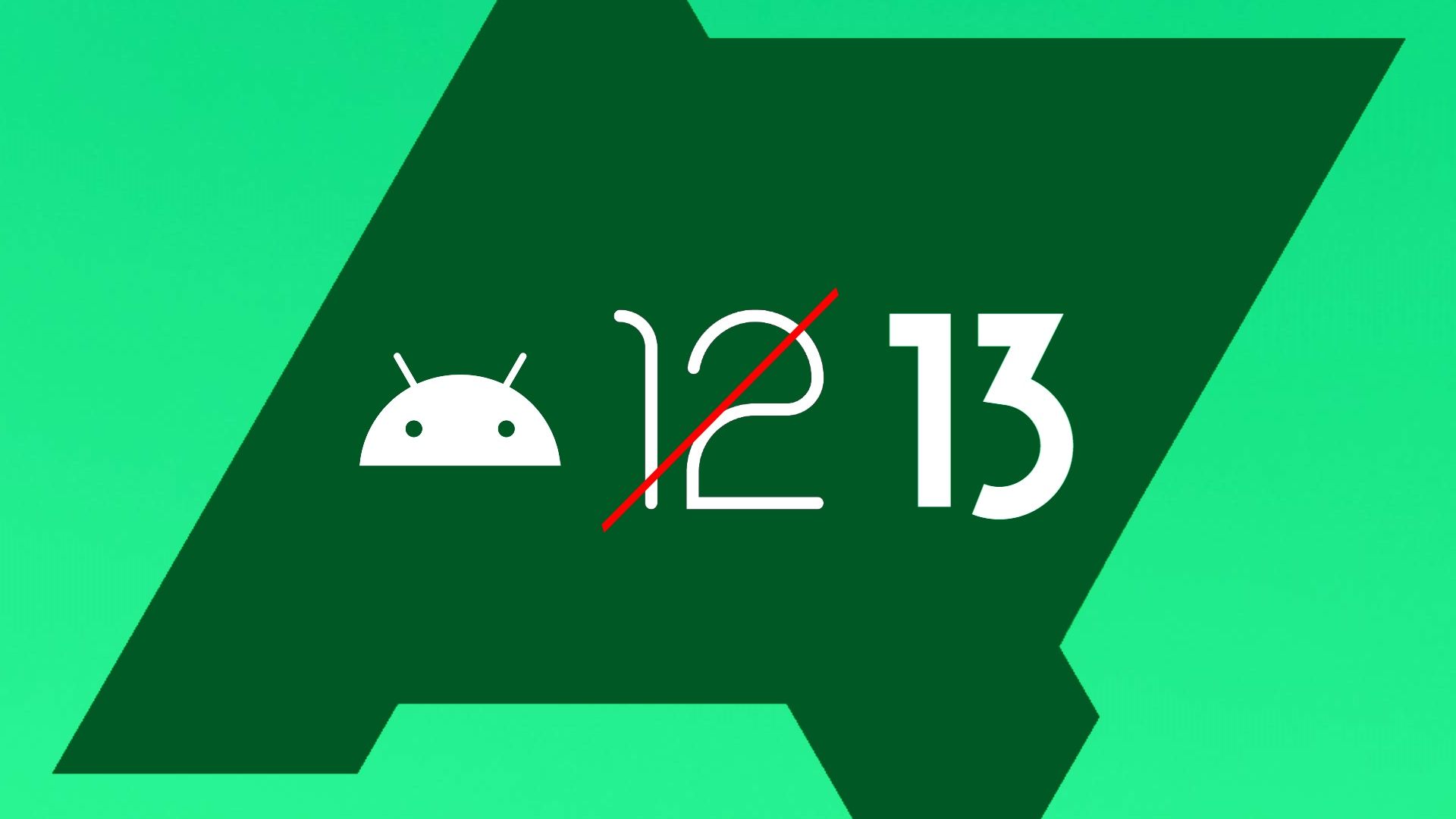With Android 13 out of Google's hands and onto developers who are modifying the operating system for their own purposes, it's going to be a tricky road ahead. There are a number of new features the version bump brings that need to be tested, but before they can do that, they'll need to make sure of one crucial thing and that's to install Android 13 on both system partitions of their Pixel device. One developer has found out what happens when things go awry without that second updated partition.
There are two concepts in Android at play here that go into what has happened: seamless updates and bootloader rollback protection.
The idea of A/B system partitions were first introduced with Android 7.1 Nougat in 2016 to enable seamless software updates to be installed on one partition while still allowing the device to be used with its current software on the other partition. After the installation completes, the user would then be able to reboot onto the updated partition immediately, saving considerable downtime from waiting for the software to install during the reboot process. It also leaves the other partition with the older version of the software.
As for the idea of rollback protection, Google will sometimes update a device's bootloader to prevent an older version of Android from being loaded onto a device — this is usually in response to known vulnerabilities. Indeed, with the Android 13 update for the Pixel 6, Pixel 6 Pro, and Pixel 6a devices, Google had indeed made it so that those phones would not boot if an Android 12 build were to be later installed on them.
One developer became the victim of a collision of these concepts. They were working with an Android Open Source Project build of Android 13 on their Pixel 6 when the device failed to boot.
It wouldn't have been such a catastrophic failure in most cases because the phone would immediately be able to turn to its functioning B partition and boot from there. But because the B partition was still on Android 12, the rollback protection feature kicked in and prevented the device from turning on. And with no known way to switch back and attempt another boot from the Android 13 partition, this Pixel is as good as bricked.
Who's most likely to come across this type of scenario? We think it'll be developers who shoot ADB or fastboot commands that could cause a sixth-gen Pixel running Android 13 — @flawedworlddev notes that the anti-rollback feature only kicks in after an initial successful boot on Android 13 — to crash and fail to boot from its A partition. We'd also say that there's a non-zero chance consumers might be vulnerable to this issue right now as some sort of freak app crash or system failure could trigger a boot failure, but the odds are vanishingly small and will disappear completely if they are successfully able to load a future software update.
But once the phone's gone, it's gone. Developers should make sure that both partitions on their Pixel devices get successful Android 13 installations before playing around with anything else.
Thanks: Mishaal

